What is the litmus test of a community? Included on the only validated measurement of “sense of community” (SCI-2) is the shared experience of both celebrations and disasters. The communal response to the recent floods in Colorado is an example of how disaster brings a community together. My family was privileged to attend the 70th birthday celebration of our dear friend and former Kabbalah Experience teacher, Morah Yehudis Fishman. The party, initially planned as a private get together, turned into a community-wide Sukkot celebration and day of thanksgiving for the Boulder Jewish community. An anonymous donor from New York, hearing about the devastation in Boulder, provided pizzas for all! This was just one small example of the many acts of kindness that connected the Jewish community—the Allied Jewish Federation and Jewish Family Service spearheading both fundraising and volunteer efforts buoying those who endured the floodwaters.
In any community there are communities within the community—smaller groups that form friendships. This has been the case for our own Kabbalah community. In Jewish circles the name used for these smaller circles is a Chavurah (plural Chavurot). They can be “free formed” but as in the case around the country and in Denver, they are sponsored by synagogues.
Here is what you will find on the Temple Sinai website:
Chavurot (plural of Chavurah) are small groups of congregation members, which meet regularly, usually in each other’s homes, to create bonds of friendship. Members decide how often they meet and where. Chavurot are a way for members to create a small community of friends by socializing, learning, doing Mitzvot and celebrating Jewish life together. Chavurot may act as extended family with the sharing of lifecycle events and holidays and may create the beginnings of lifelong friendships.
The word Chavurah comes from the Hebrew word Chaver, meaning friend. The use of the Hebrew word Chaver to extend to friendship circles was introduced in the 1960s but one of its origins was in the description by the author of the Zohar of the circle of students-friends surrounding the mystic Rabbi Shimon Bar Yochai. This mystic circle was called the Chevrayah. A more common use of this term appears in Chevra Kadisha—usually translated as burial society—but literally meaning—Holy Friends (the Quakers as a community called themselves Friends).
I am pleased to report that Nancy Nowak, a third year student, has volunteered to spearhead Kabbalah Experience Chavurot. There are already many small friendships communities within KE—we will now make it official—stay tuned for details to come next week and let us know how these new Chavurot can be of value to your participation in the KE community.
If you want to see the 24 question validated Sense of Community Survey click on this link: http://www.communityscience.
These are the four elements of what the researches distill as essential to a community making sense:
Membership: Members feel a sense of belonging and identification, a personal investment and a common symbol system
Influence: Members feel that they have some influence in the group, and some influence by the group on its members is needed for group cohesion.
Integration and fulfillment of needs: Members feel good for their participation in the community.
Shared emotional connection: Members feel a shared history and shared participation
david
P.S. I saw her shining face in Boulder for Morah Yehudis’ celebration—Rabbi Tirzah Firestone indeed is heading down Highway “36” to share a teaching from the Zohar with us. Be a part of the Chevrayah starting next Tuesday evening.

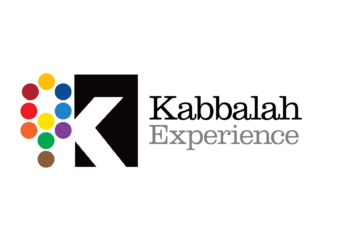
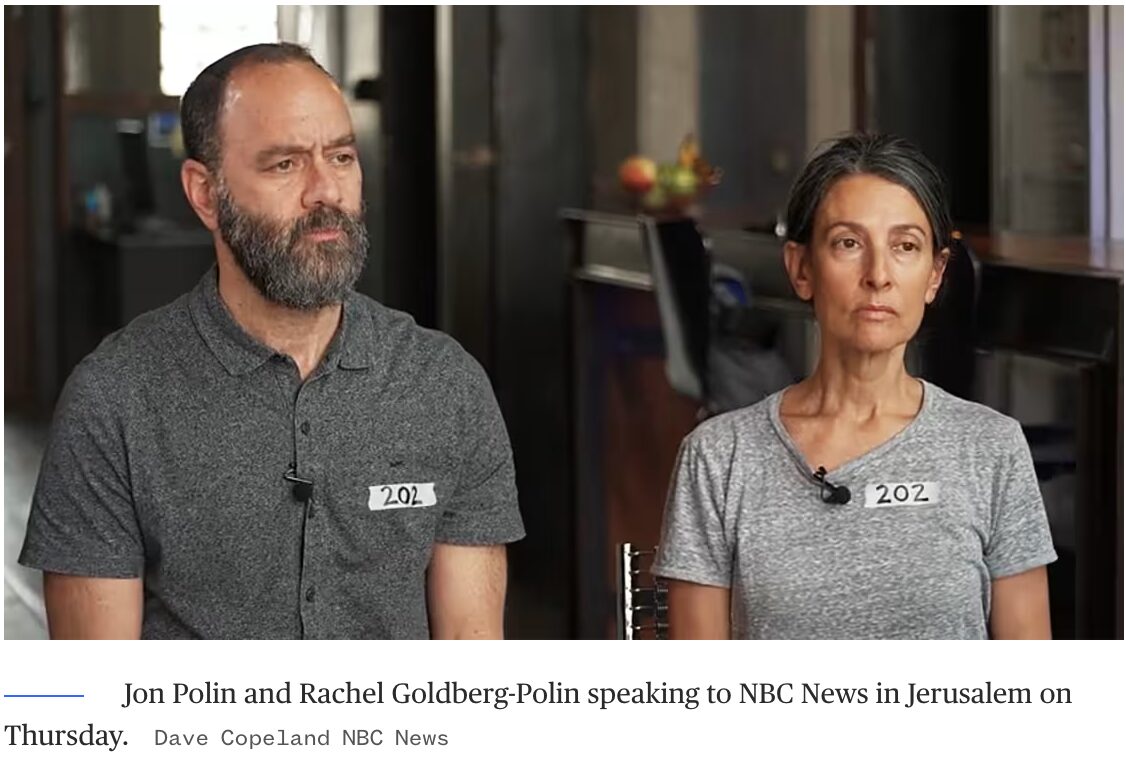
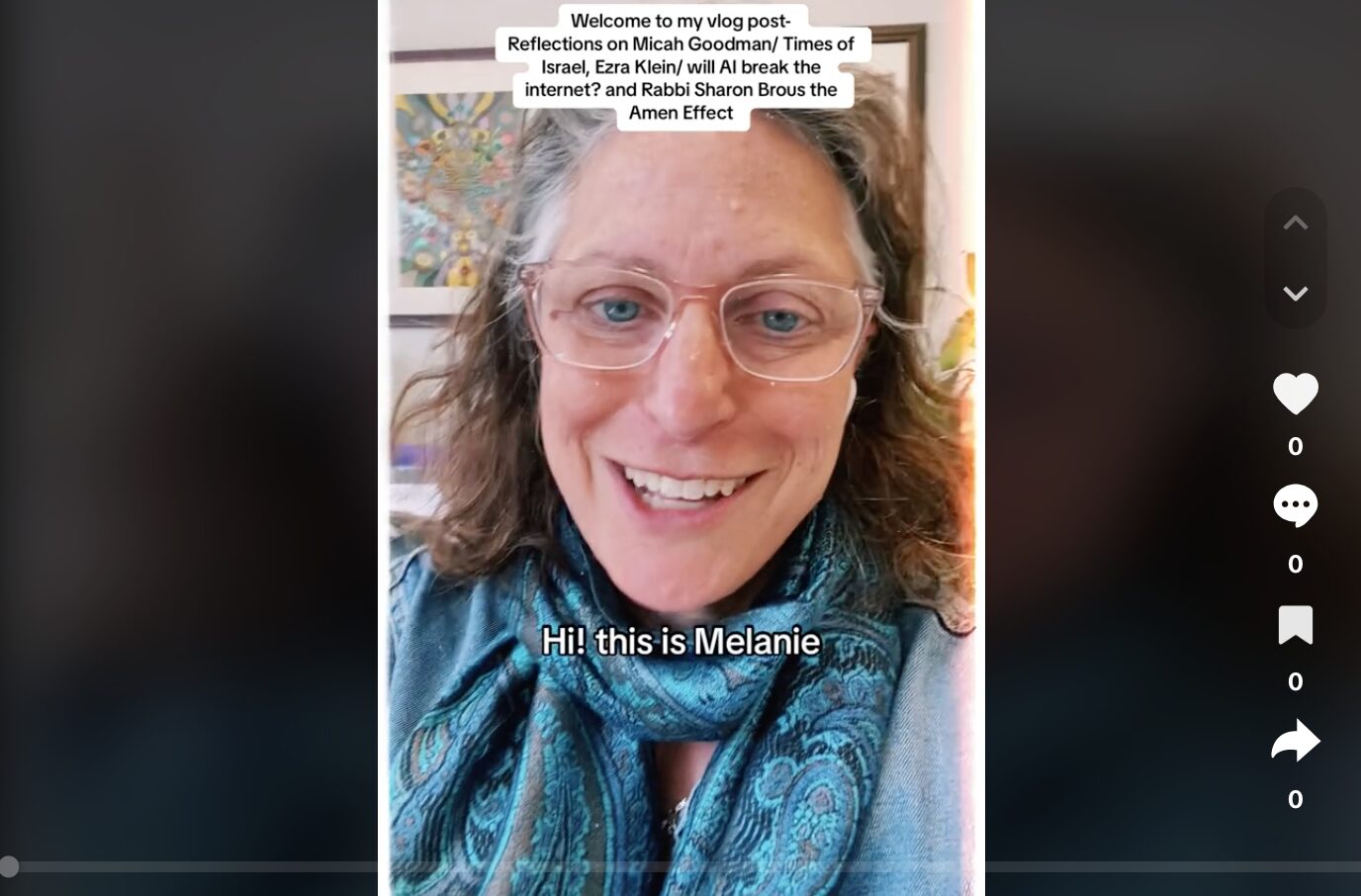

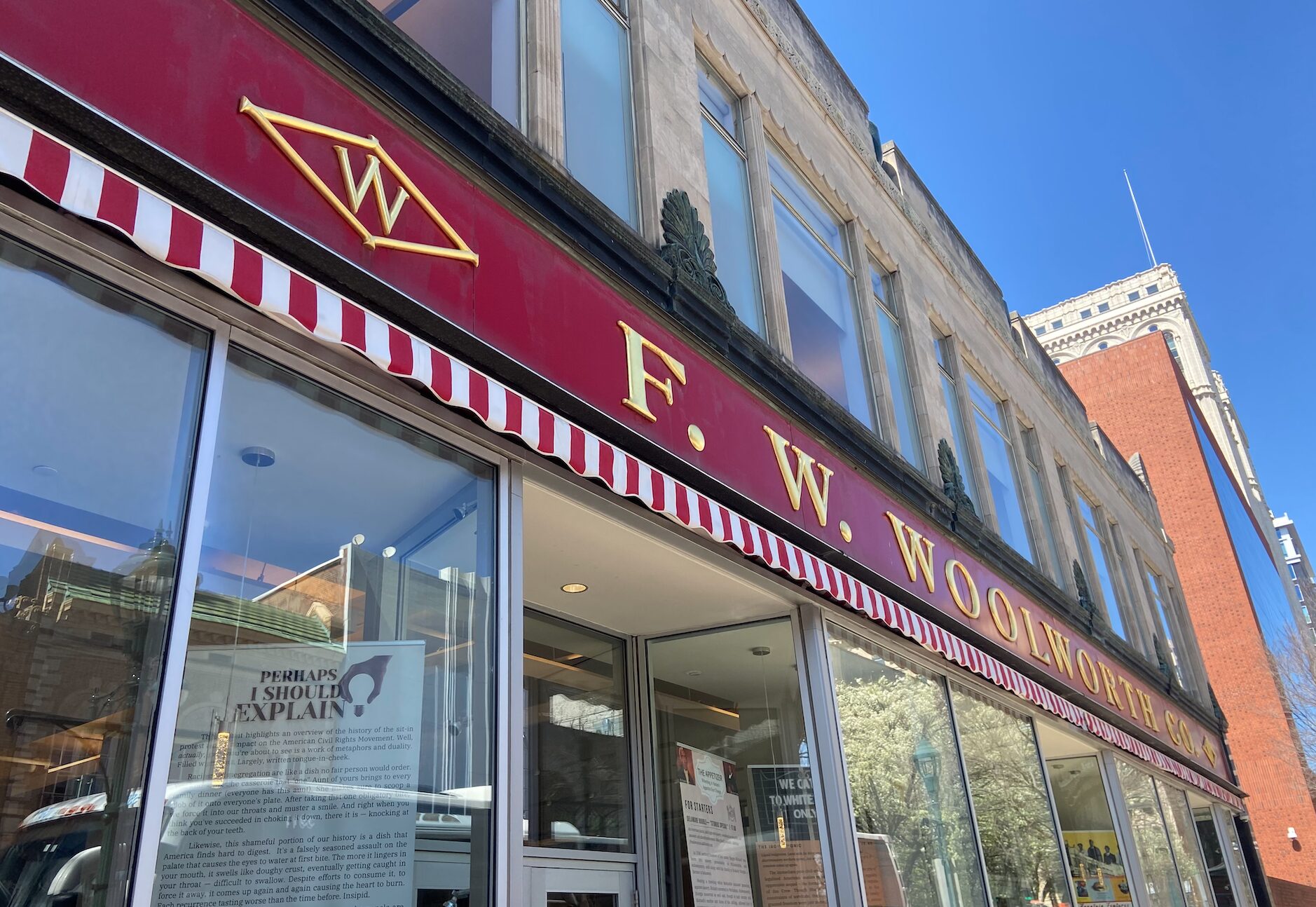
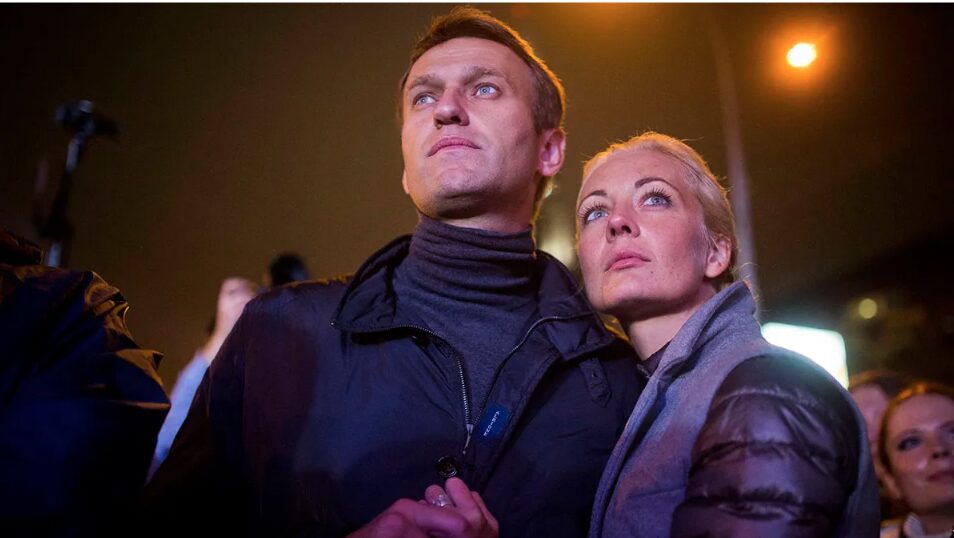

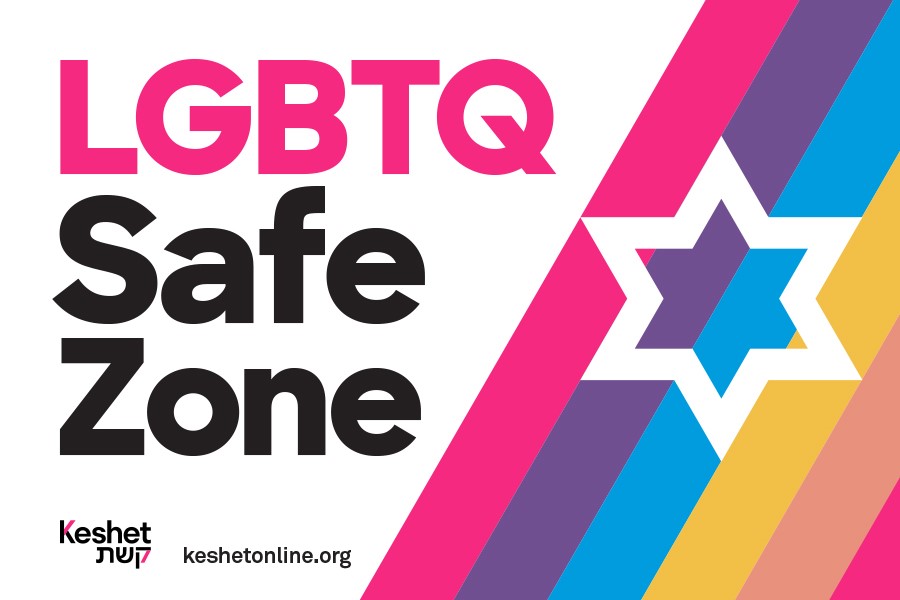
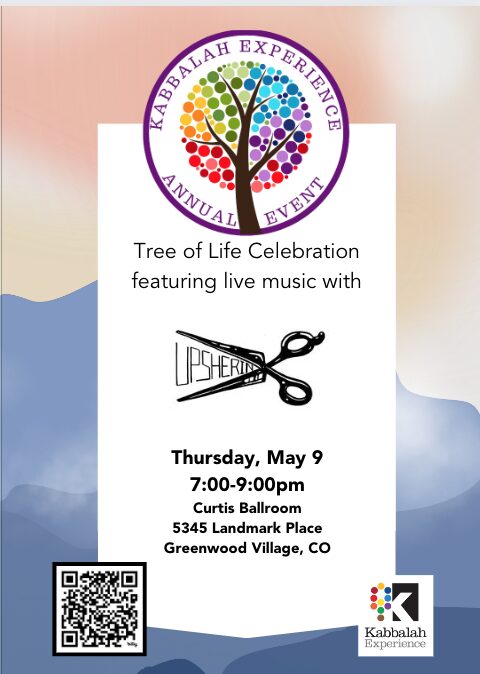
0 Comments